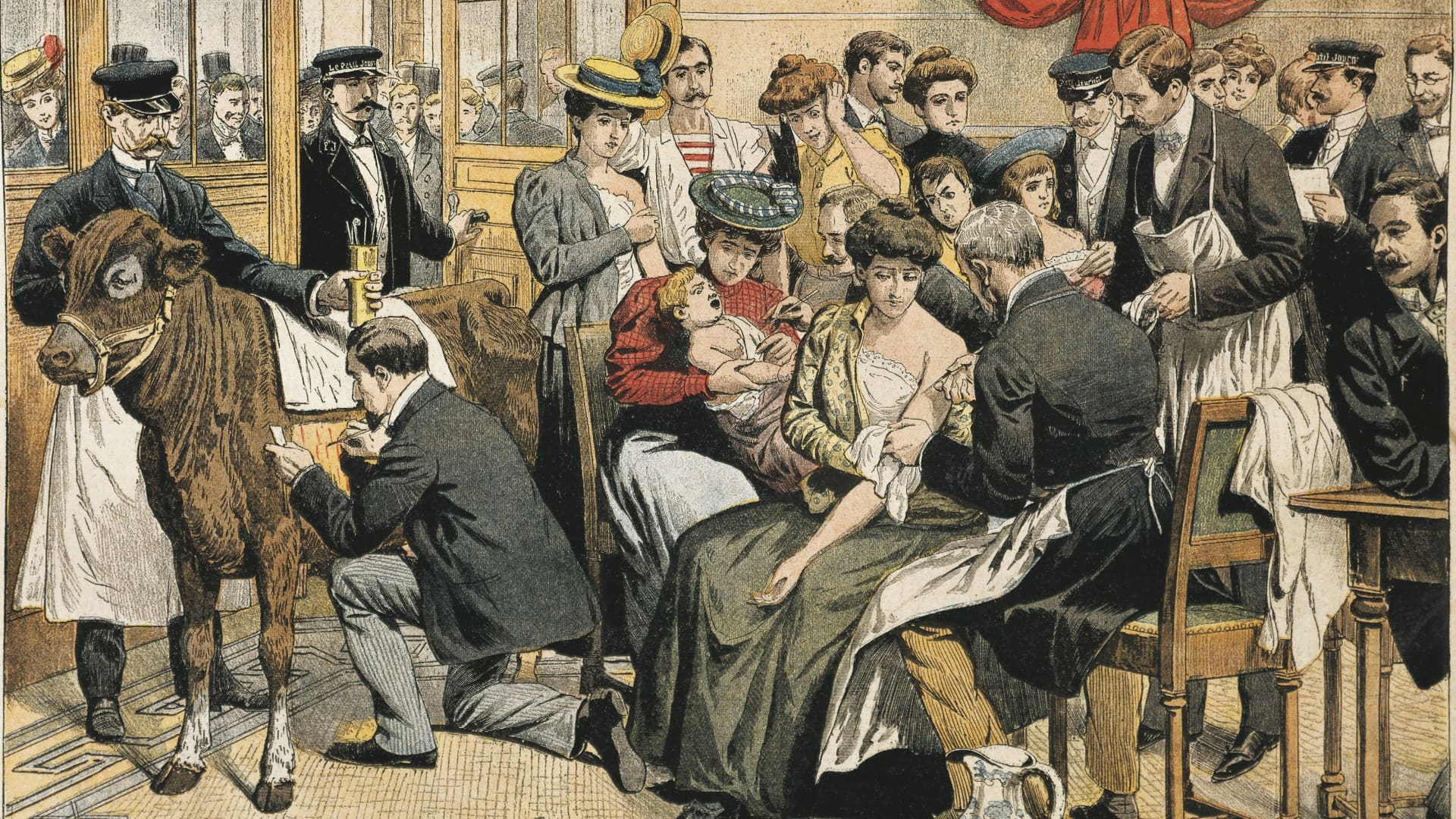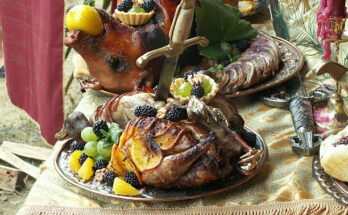The deadliest epidemics in history
History has witnessed many deadliest epidemics. These deadliest epidemics lead to the death of many. In this article we bring for you some of these deadliest epidemics and the havoc they created.
Epidemic at ‘Hamin Mangha’: deadliest epidemics

IMAGE CREDITS: Britannica.com
The prehistoric site, which is today known as “Hamin Mangha,” is one of the best preserved in northeastern China. According to anthropological and archaeological research, the outbreak happened too swiftly to allow for adequate graves, and the area was never occupied again.
Prior to the discovery of Hamin Mangha, a different prehistoric mass grave from around the same time period was located in northeastern China at a location named Miaozigou.
Plague at Athens: deadliest epidemics
A disease that decimated Athens for five years struck the city in around 430 B.C., not long after Athens and Sparta started fighting. The death toll has been estimated to be as high as 100,000. According to the Greek historian Thucydides, those who were well suddenly began to experience “great heats in the head, redness and inflammation in the eyes, the internal parts, such as the throat or tongue, turning crimson and releasing an unnatural and foetid breath” (460–400 B.C.).
Many academics think that the war’s effects on population density made the disease worse.
ANTONINE PLAGUE

IMAGE CREDITS: CNBC.com
Campaigning soldiers brought more than just the prizes of victory back to the Roman Empire. In an article included in the book “Disability in Antiquity,” published by Routledge in 2017, senior lecturer in Roman history April Pudsey claimed that the Antonine Plague, which may have been smallpox, decimated the army and may have killed over 5 million people in the Roman empire.
Several historians concur that soldiers returning home from a battle with Parthia carried the disease into the Roman Empire for the first time. Due to an increase in internal conflicts and “barbarian” group incursions after 180 A.D., the Roman Empire became increasingly unstable. In the years that followed the epidemic, Christianity gained popularity.
Plague of Cyprian: deadliest epidemics
Archaeologists in Luxor discovered what looks to be a mass grave for plague victims in 2014. Their bodies had a thick film of lime covering them (historically used as a disinfectant).
JUSTINIAN PLAGUE
The bubonic plague decimated the Byzantine Empire, which signalled the beginning of its decline. After that, the epidemic occasionally returned. According to some estimates, up to 10% of the world’s population perished.
The Byzantine Empire expanded to its greatest size during his rule, encompassing lands from the Middle East to Western Europe. Justinian contracted the plague as well but lived. However, after the plague, his empire began to lose ground slowly.
THE BLACK DEATH
IMAGE CREDITS: The Globe and Mail.com
From Asia to Europe, the Black Death spread, wreaking havoc in its wake. Some estimates claim that it wiped off more than half of the population in Europe.
The epidemic altered the history of Europe. With so many people dead, it was harder to find labor, which led to higher wages for employees and the abolition of serfdom in Europe. According to studies, the workers who survived had easier access to meat and tastier bread.
COCOLIZTLI EPIDEMIC: deadliest epidemics
A viral haemorrhagic fever infection that led to the cocoliztli epidemic claimed 15 million lives in Mexico and Central America.
Nowadays, enteric fever remains a serious health risk since it can result in high fever and other health issues.
THE PLAGUES OF AMERICA

IMAGE CREDITS: UNsplash.com
In 1532, the Spanish army under Francisco Pizarro overthrew the Incas. Both times, sickness had decimated the Aztec and Incan armies, rendering them helpless against the Spanish army.
Conclusion
In conclusion, the study of history’s deadliest epidemics serves as a sobering reminder of the devastating toll that infectious diseases have exacted on human populations. These pandemics have left indelible marks on societies, affecting not only public health but also political, economic, and cultural aspects of life. While many advances in medical science and public health measures have significantly reduced the impact of deadly diseases in modern times, the lessons learned from past epidemics continue to inform our response to current health crises. These lessons include the importance of early detection, quarantine measures, vaccination, and international cooperation. Furthermore, these catastrophic events have shown the resilience and adaptability of human societies in the face of adversity.
The list of history’s deadliest epidemics highlights the significance of ongoing research and preparedness efforts to prevent future pandemics. The emergence of new infectious diseases, such as the COVID-19 pandemic, underscores the need for global collaboration, robust healthcare systems, and swift responses to mitigate the spread of deadly pathogens.
Ultimately, while history has witnessed some of the deadliest epidemics known to humanity, it also reflects the triumph of human ingenuity, innovation, and solidarity in the face of these challenges. The scientific advances in the field of epidemiology and the development of vaccines have revolutionized our ability to combat infectious diseases. As we reflect on the lessons from our past, we are reminded of the collective responsibility to protect public health and safeguard the well-being of future generations. By applying the knowledge gained from these historical tragedies, we can better equip ourselves to prevent and respond to the epidemics of tomorrow, ensuring a healthier and safer world for all.
USEFUL LINKS:
Learn more about these epidemics:
10 of the worst pandemics
Check out some basic facts about history:
The basic facts about human history
Become an expert in modern history:
How to memorize modern history quickly


:format(webp)/cloudfront-us-east-1.images.arcpublishing.com/tgam/MDR6FWCWXJAFHN6ZSJV5Z43Y4I.JPG)



One Comment on “The deadliest epidemics in history ”